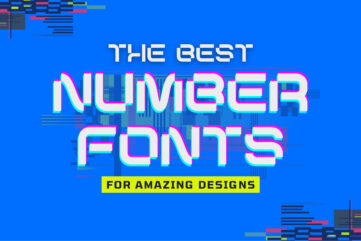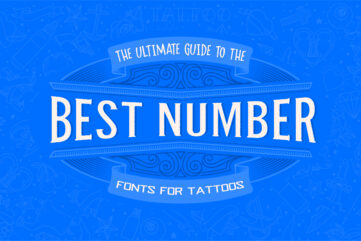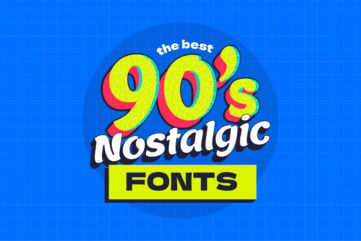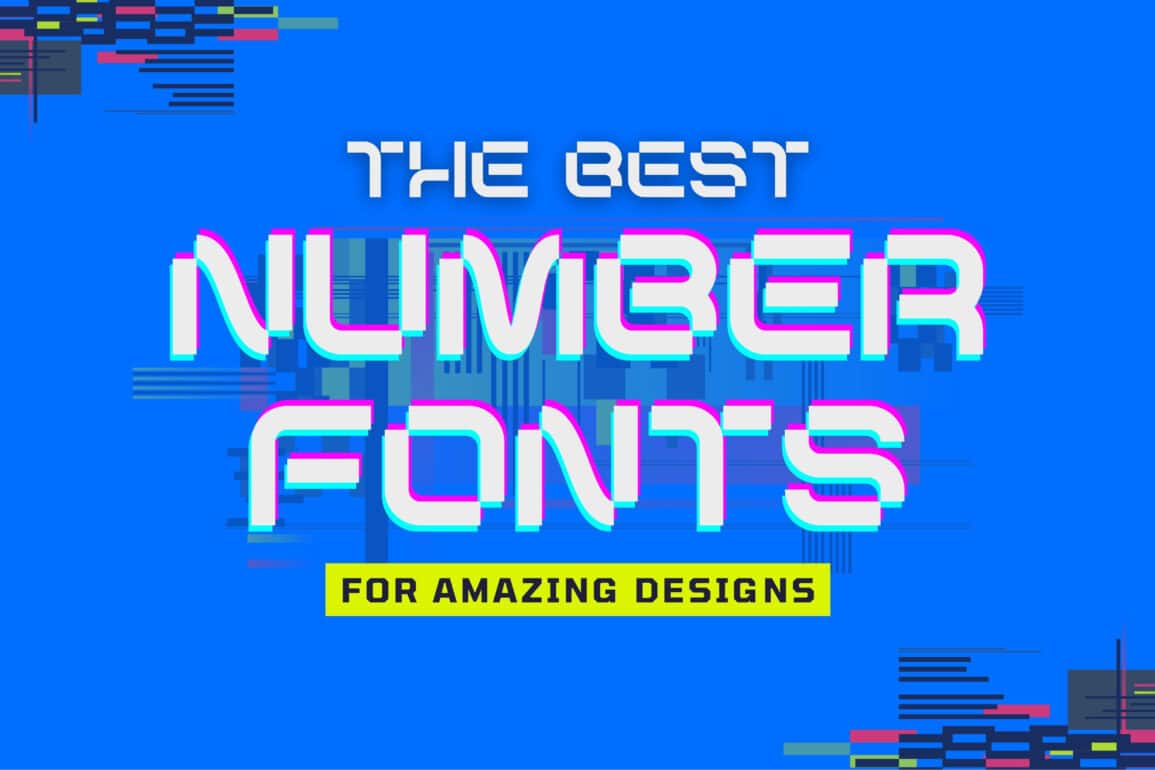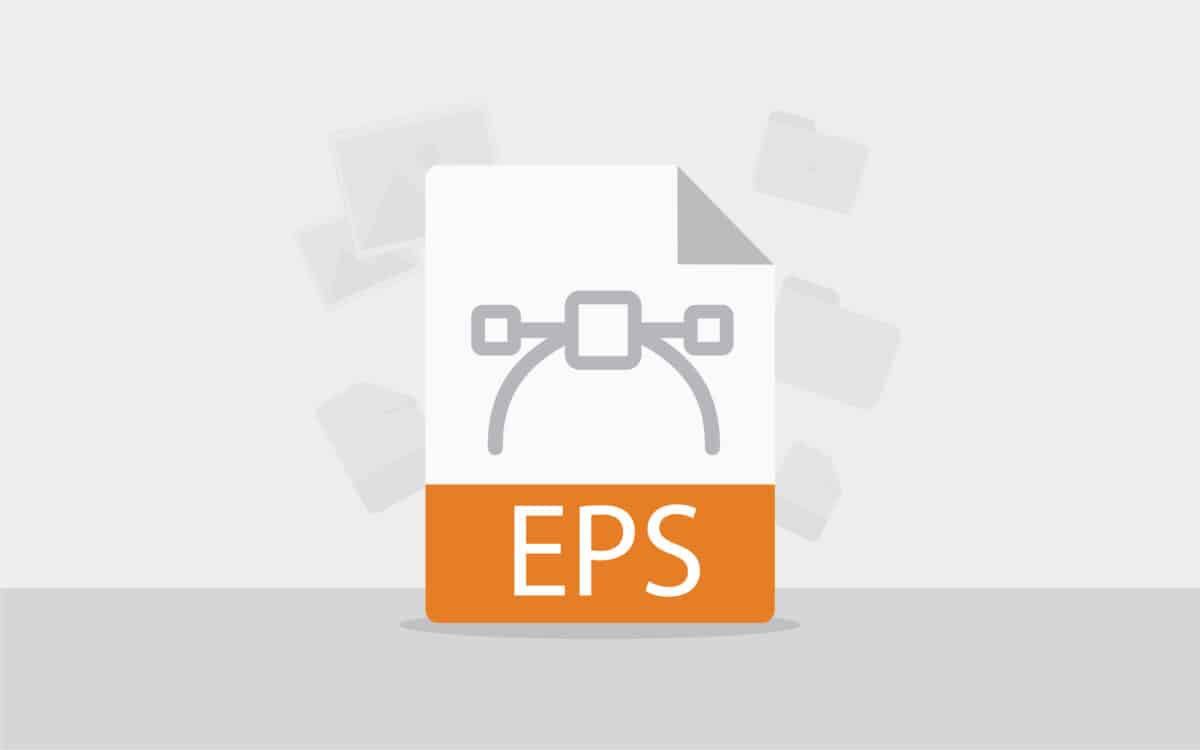The essential guide to the different logo file formats for your brand

When creating a logo, you need to consider where you’ll use your assets and the different logo file formats. If you use your logo in print media or on a physical poster, you will often need something different from when your logo features on social media or your website.
If you’re eager to learn about the best format for a logo, read on…
Your logo is one of the first things potential customers will see when interacting with your brand. As a result, you must choose something that reflects your values without needing to glance twice.
However, getting the design right is only one piece of the puzzle.
You’re probably familiar with the common logo formats, such as PNG and JPG. However, several others are also worth considering – and you’ll learn about those today. We’ll also talk about the best file type for a logo.
What file type should a logo be?
When looking at logo formats for clients, the correct choice has more to do with the form of media that it’ll appear on. If you’re only getting started, PNG is a good option. Besides not losing image quality when you compress the file, it’s also incredibly versatile.
You can use PNG logo files on your website, along with infographics, and even on your Instagram accounts.
If you want to use your logo offline, you might want to consider looking at alternative choices. For example, PDF works well if you’re printing a logo – and PICT is a good option if you need to create a poster.
You might need to do a bit of trial and error, as numerous factors can contribute to your logo format quality. For example, if you stretch the design out, you may notice that it looks worse than was previously the case.
Are these logo files accessible on all devices?
When choosing logo file formats, it’s also essential that you think about the software you’re going to use. JPG files are accessible on almost every tool you’ll use, and you can view them on your computer, smartphone, and tablet. PNG is also an easily-accessible logo format.
PDF logo formats are also easy to access on a range of devices and in different software, but things can become a little complicated for some of the other options. When using these, you might need to purchase and download specific tools that let you access your files.
It’s also important to remember that some platforms will impose file limit restrictions when uploading them. Unfortunately, some formats consume more space than others – so you’ll need to think carefully about the specific requirements for each platform you use.
Popular logo file formats
Now that you know more about the different logo file formats available, let’s go into some of the most important ones. Below, you will discover a selection of the most popular options.
JPG
If you’ve only ever heard of one logo format from this list, it’s almost certainly JPG.
Most images you see online will be JPG files, and it’s the most versatile option on this list. You can create JPG logos for your website, along with usage on social media and in places like on the invoices you send.
JPG is very similar to PNG, but the biggest difference is that your logo images can lose quality as you compress your files. This is an important thing to consider, as you might not be able to sometimes meet the size limits with a full-sized JPG folder.
Are JPG and JPEG the same? Yes – they both mean the same thing. So, when saving your logo, it doesn’t matter which of these you choose.
Pros:
- Available on almost every design software
- Easy to open and access wherever you are
- Easy to understand if you’re a beginner at logo design
Cons:
- Your logo files can lose quality as you compress them
PNG
If you’re new to graphic design and you’re currently in the process of creating a brand for yourself or someone else, PNG is arguably the best format for a logo. Like when you use a JPEG, PNG files are accessible on most devices and programs.
You can easily save your files to this format in Adobe Photoshop, Lightroom, Canva, and many other tools.
Unlike JPG files, however, PNG doesn’t drop in quality when you compress your logo. As a result, you can use your file across multiple devices and in numerous different forms of media.
One thing worth remembering is that PNG files are often bigger than JPEGs, so you should ensure that you have enough space to store these. You can use computers with bigger storage space, but you might also wish to invest in an external hard drive.
PNG stands for Portable Network Graphics.
Pros:
- Files don’t lose quality when you compress them
- Available and accessible in multiple places
- You can save your files as PNG on most programs
Cons:
- File sizes are often larger than JPG
PSD
Another common logo file type is PSD, which stands for Photoshop Document. As you might have guessed from its name, you’ll use PSD files when designing logos in – and transferring files to – Photoshop.
PSD files are much better suited for editing in Photoshop than JPEGs, though you can achieve excellent results with both. Perhaps the most important feature of a PSD is that you can easily edit multiple layers – meaning that you can get the precise results you’re looking for.
One thing to keep in mind is that PSD files are mainly used for editing in Photoshop, but you typically won’t use them elsewhere. You can convert your completed creations to PNG, JPEG, and numerous other file types.
If you’re thinking about using Photoshop, you can check out our complete guide that breaks down whether Photoshop is worth buying or not.
Pros:
- Edit layers with ease
- Convert to multiple formats later
Cons:
- Not particularly useful unless you’re transferring files to or editing in Photoshop
SVG
SVG stands for Scalable Vector Graphic, and it’s pretty similar to PNG.
It’s mainly used for vector illustrations, and – like when using a PNG – your file won’t lose quality when you shrink its size. It’s also easier to use SVG files with text, and they’re versatile if you need to create designs that are usable online.
You can use SVG in Adobe Photoshop and a selection of other programs. In addition to using the file format online, you can also save your logos as SVG files if you need to create designs for offline purposes.
Pros:
- You don’t lose quality when compressing files
- Use SVG online and offline
- Save your files from different programs
- Smaller than PNGs
Cons:
- Not the easiest file type to understand
GIF
Another logo file format you might be familiar with is the GIF. This file format is a preferred choice for those who want to add a bit of animation to their logo designs. Unfortunately, it’s not entirely feasible to use video formats – so this is the next best option.
GIFs store easily in several places, and you can even keep them in your smartphone’s camera roll without too many problems. You’ve probably seen them used on social media, especially when it comes to adding a sense of humor to content that you see.
GIF stands for Graphics Interchange Format, and it’s one of the oldest file format types on our list. It’s also lossless, making it an ideal option if you want to design a logo that doesn’t lose quality.
Pros:
- Versatile
- Much smaller than video file sizes
- Play automatically
- Lossless
Cons:
- GIFs can look quite grainy
- Not necessarily the most suitable choice for designing a logo
Another of the most famous logo file formats is PDF. PDF stands for Portable Document Format, and it’s used in numerous scenarios.
You’ve probably seen documents of this kind when needing to sign contracts, and they’re also great for sharing books and other larger files across different places online.
When using PDF files for logos, you might find them particularly helpful when transferring prototypes to others.
PDFs are easy to convert into JPEGs later, so you can always consider using that as a future option if you need something that fits better with a more versatile range of media.
You can compress PDF files using several different programs online. Adobe Acrobat is perhaps the most famous one, but you’ll also find many Acrobat alternatives.
TIFF
TIFF stands for Tag Image File Format. It’s one of the more common logo file formats, and you may have noticed that some pictures you share from your iPhone are of this kind. Generally speaking, you’ll use TIFF files before editing your pictures.
One big difference between TIFF files and JPEGS is that TIFFs let you create multiple layers. Thanks to this, you’ll find it much easier to design logos in a way that suits your brand’s needs better.
Generally speaking, TIFF files are more commonly used for images than graphics.
Pros:
- High-quality
- Supports editing with layers
- Usable across different computer operating systems
Cons:
- Not necessarily the most useful option if you’re designing graphics instead of editing pictures
JPEG 2000
JPEG 2000 works in a similar way to JPG files, but they’re not entirely the same. JPEG 2000 is able to handle compression much better than an ordinary JPEG would, making it an ideal choice if image quality is your number one priority.
In many cases, JPEG 2000 files have double the image quality that you’ll find if you were to use an ordinary JPEG. You can use this format if you’ve edited your logo in Photoshop beforehand, and if you do that, you can also choose its sizing of it.
Pros:
- Better image quality than ordinary JPEGs
- Able to handle file compression much better than JPEGs
- Available on a selection of popular platforms
Cons:
- Less practical than normal JPEG files; better for social media
EPS
If you’re new to logo design, you might not have previously heard of EPS. However, considering that it’s one of the most important logo file formats, it’s something you should absolutely strive to learn more about.
EPS stands for Encapsulated PostScript, and you’ll primarily use it if you’re designing graphics and illustrations on your computer. This vector file is similar to an SVG, but the main difference is that EPS is bigger.
When using an EPS, it works in a similar way to RAW files in photography; you’ll have much more data to work with than if you used an SVG instead.
You can use EPS files in Adobe InDesign, along with several other design platforms.
Pros:
- More data is stored than SVG files
- More in-depth editing options than SVG files
Cons:
- Larger file sizes than SVG files
PICT
PICT is a file format that you can use to access logos if you have a Mac or MacBook. You can use the file type on many programs that run on these computers, but doing so on Windows isn’t possible.
So, if you have one of the many MacBook alternatives, we don’t recommend choosing this option.
If you have a Mac, however, you can use PICT in several scenarios. The file format is available with numerous programs, so you can always consider starting with PICT and converting your logo to something else when you’re finished.
Pros:
- Available on multiple Mac programs
- You can convert PICT to something else later
Cons:
- Not available on Windows or Linux
AI
AI files are usually created in Adobe Illustrator, and in this respect, they work very similarly to PSD files in Photoshop. You can use AI files for multiple situations when designing logos, making these a great option if you typically use Adobe Illustrator as your go-to design platform.
When using AI files in Illustrator, you’ll have more data to work with than many of the other options on our list. Moreover, you can use it on both Windows and Mac versions of the program.
Pros:
- Stores lots of data
- Makes editing much easier in Adobe Illustrator
Cons:
- Not as useful once you’ve finished editing in Illustrator; you’ll need to convert it to something else
The different logo file formats
As you can see from our list, you can choose from several logo file formats. You will find some that work solely with individual programs, whereas others will work across the board instead.
SVG and PNG are ideal if you’re looking for more versatile logo file options. You can also use specialist options, like AI and PSD when editing within specific apps.
Of course, you should consider designing something with images or graphics – or a mixture of both. You can pick from this suite of options and figure out which options work best for you.
Fabrik. A branding agency for our times.

